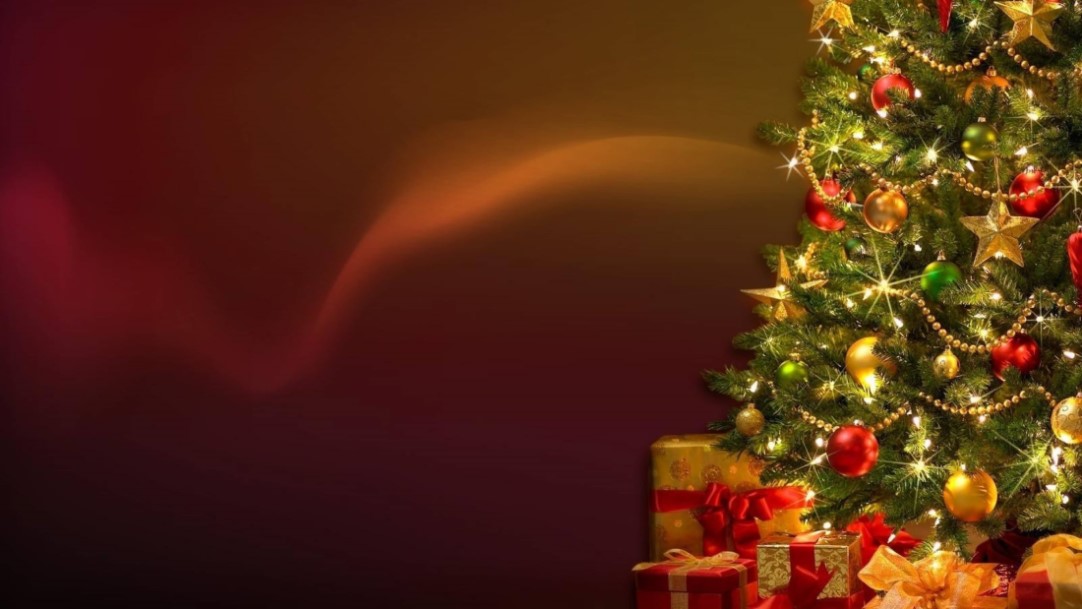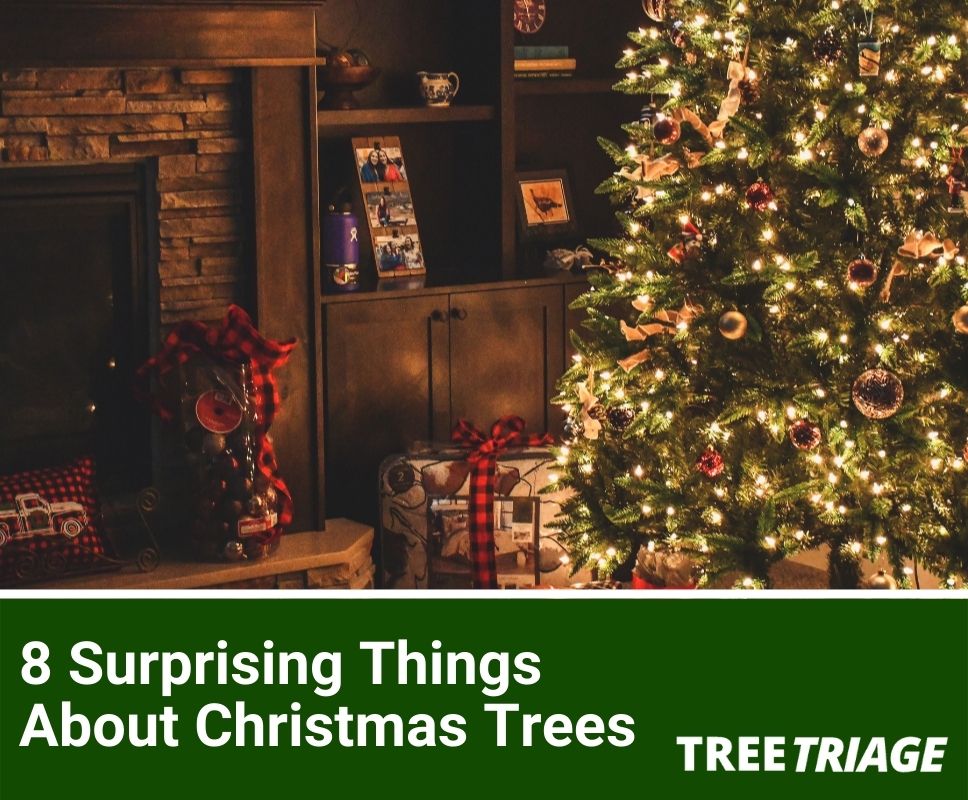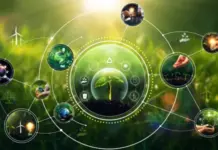By Tree Expert Codey Stout
Christmas trees are a classic feature of the winter holiday season, but how much do you really know about them? If you’re looking for some fun Christmas tree facts, you’ve come to the right place.
Here’s what you can expect to learn by the end of the article:
- How the tradition of Christmas trees started
- What the Christmas tree symbolizes
- How you can grow your Christmas tree
- How to make a Christmas Tree last longer
Americans buy between 25 million and 30 million real Christmas trees every year. But did you know that the tradition that led to the popularity of Christmas trees started long before the beginning of Christianity? Also, many people don’t know that in 19th-century America, people cut Christmas trees from nearby wild forests.
What else do many people not know about Christmas trees? We spent some time looking at several interesting facts about Christmas trees that are easy to ignore.
The Idea of Christmas Trees Was Born Before Christmas
Trees that remain green in all seasons have always intrigued people. History.com reports that in the same manner that people today use pine, spruce, and fir trees to decorate their homes during the festive season, people in ancient times believed that having these evergreen trees on their doors and windows helped keep away diseases, evil spirits, witches, and goats.
The Encyclopedia Britannica also acknowledges the idea that the use of evergreens for symbolic and decorative purposes preceded the invention of Christianity. The online encyclopedia reports, “The use of evergreen trees, wreaths, and garlands to symbolize eternal life was a custom of ancient Egyptians, Chinese, and Hebrews.”
In an article about the history of Christmas trees, the magazine Country Living writes that the Christmas tree tradition as we know it today can be traced to 16th-century Germany.
CountryLiving.com reports that 16th-century Germany was “where Christians began to decorate trees.” Adding, “The tradition of adding candles to the tree branches is most commonly attributed to Martin Luther, leader of the Protestant Reformation movement in the 1500s.”
According to History.com, 19th-century Americans viewed the tradition of Christmas trees as an oddity. However, they seem to have warmed up to the idea when the German settlers of Pennsylvania made Christmas trees popular by the beginning of the 20th century.
Christmas Trees Symbolized a Celebration of Returning Strength
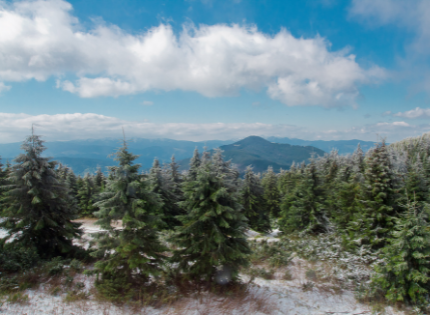
As the sun’s power weakened in the northern hemisphere during the winter months, people suffered from illnesses. Ancient traditions attributed the gloom in the winter to the weakening of the Sun God. The only thing that seemed to retain its brightness were the evergreen trees that maintained their color.
As the winter receded and gave way to the summer starting from the winter solstice, the ancient traditions celebrated the Sun God’s returning strength. CountryLiving.com reports that the ancient traditions did this by decorating their homes with trees.
Today, the Christmas tree symbolizes different things for different people. For some, it still symbolizes a celebration of the birth of Jesus Christ. To many others, it forms part of the festive celebrations in December.
Setting Up a Christmas Tree Is an Art That Requires Planning
The European provider of Christmas trees and decorations, FairyTrees.co.uk, puts things into perspective when it says, “Setting up an artificial Christmas tree can be an intricately planned action, a way to spend time with the family, creation of a nice memory, relaxation after a hard day, excitement for the coming holidays, but above all it is fun.”
FairyTrees.co.uk suggests that you may need between 30 and 40 minutes to set up a Christmas tree.
There Are Many Types of Christmas Trees
When we talk about Christmas trees, it’s easy to think that there is just one type of tree called a Christmas tree. However, Christmas trees come in many varieties and sizes. Also, these trees can either be real or artificial.
In an answer to a reader’s question on BobVila.com, Jennifer Noonan writes, “There are so many types of evergreens: firs, pines, spruces, and more.” She adds that the Douglas fir “is a staple in most Christmas tree lots, loved for its full pyramid-like shape and long-lasting needles.”
Noonan identifies other popular types of real Christmas trees:
Balsam fir: Symmetrically shaped and known for its fresh scent and works well if you are not planning to hang heavy ornaments on it.
Fraser fir: Known for its ability to retain its needles for longer as long as it is provided with sufficient water, making it great for indoor use.
Scotch pine: Popular for its scent that invokes the holiday spirit.
Colorado blue spruce: This pyramid-shaped tree’s great smell and icy blue color make it a favorite among Christmas tree enthusiasts.
REAL OR FAKE?
If you are not looking to buy a real Christmas tree, you have various choices among artificial trees. However, many people are stuck with a popular question, should I buy a real or an inorganic, man-made Christmas tree?
If you were hoping for an easy answer to the above question, you are out of luck today. Greenpeace.org says that fake and real trees “both have their drawbacks and their benefits, according to the research that’s been conducted into the environmental impacts of each.”
Greenpeace suggests that the main advantage of real trees is that they remove carbon from the atmosphere. However, these trees will release the carbon they captured back into the atmosphere once they are cut down and begin to degrade. Added to this, many farms growing Christmas trees use pesticides, some that can be environmentally unfriendly.
On the other hand, the main advantage of fake trees is that you can use them for many years. This can help you to save money. Also, there is no need for watering and worrying that the needles will start to fall off when the tree begins to dry.
However, Greenpeace notes that fake trees are made from “polyvinyl chloride (PVC), which is one of the naughtiest plastics on the plastics list and pollutes across its entire lifespan, from production to end of life.” Adding, “Trees made from PVC are difficult to recycle and so end up going to landfill where they release more greenhouse gases and pollute ecosystems by leaching dangerous chemicals.”
Christmas Trees Grow Well in Specific Soils
The University of New Hampshire proposes that “The difference between a successful and unsuccessful Christmas tree farm depends on site, soil type, customer preferences, possible sales methods, and accessibility to markets.”
When it comes to soil, the University of New Hampshire says that Christmas trees will thrive in “Sandy, loam soils that are moderately to well-drained.” Adding, “Old pastures and recently abandoned agricultural land are ideal locations for starting a plantation.”
Making Your Christmas Tree Last Longer
The ideal Christmas tree will last for the greater part of the festive season. You can do a few things to make sure that you don’t end up with a dry and brittle tree before Christmas.
GoodHousekeeping.com provides some tips on how you can ensure that your Christmas tree lasts longer, which should be around five weeks:
- Choose a healthy tree whose needles are well attached to the tree and do not easily fall off.
- Trim the stem when you get home to ensure that it easily absorbs water.
- Ensure that the tree always has adequate water.
- Keep the tree away from any sources of heat.
- To avoid having needles all over the house, don’t wait for the tree to become considerably dry before you take it down.
Growing Your Own Tree
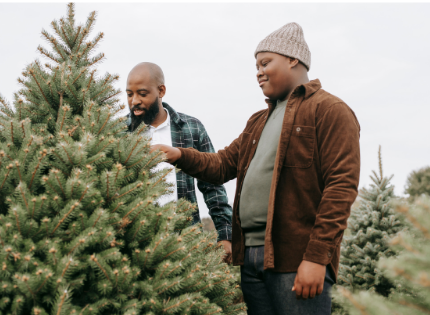
Suppose you are worried about the environmental impact of real trees grown in large farms or the artificial ones manufactured in overseas factories. In that case, you can always grow your own Christmas tree.
The magazine Better Homes & Gardens suggests that if you want to grow your own tree, you will have to buy one early in the season because “That’s when nurseries offer sales to pare down their inventory.”
When growing your own Christmas tree, it’s vital to ensure that the tree is well looked after, whether it’s indoors or outdoors.
A Christmas Tree Can Be a Fire Hazard
To ensure that a fire accident doesn’t spoil the festive spirit, it’s essential to consider safety when setting up your Christmas tree.
The National Fire Protection Association (NFPA) advises that you should be fire smart when dealing with your Christmas tree because a small fire can easily spread from the tree, and it can become uncontrollable within a short period.
According to the NFPA, “Almost one-third of home Christmas tree fires are caused by electrical problems.” The same association says that one in five Christmas tree fires start because the tree was too close to a heat source.
The NFPA provides some tips to ensure that everyone remains safe after you set up your Christmas tree:
- Keep the tree at least three feet away from a source of heat like heat vents, fireplaces, or radiators.
- Do not put trees in places where they could block an exit.
- Use lights listed by a qualified testing laboratory.
- Ensure that there are no broken or worn cords and be clear about the number of light strands to connect.
- Do not decorate the tree with light candles.
- Turn off the Christmas tree lights before going to bed or leaving your home.
Dispose of Your Christmas Tree Responsibly
Eventually, the festive season has to come to an end, and you have to dispose of your Christmas tree. It’s vital to ensure that this is done responsibly.
ApartmentTherapy.com provides some tips on how you can dispose of your Christmas tree responsibly:
- Find out if you can take the tree back to a hardware center or retailer where it can be turned into mulch.
- Check the rules in your area to see whether the waste removal companies will take the tree.
- Upcycle the tree and create a bird feeder or shelter.
- Use the tree skeleton to support plants like growing tomatoes.
- Chop up the tree and use it for firewood; make sure to use this firewood only outside of your home.
If possible, you can nicely store your Christmas tree in your garage and reuse it the following year.
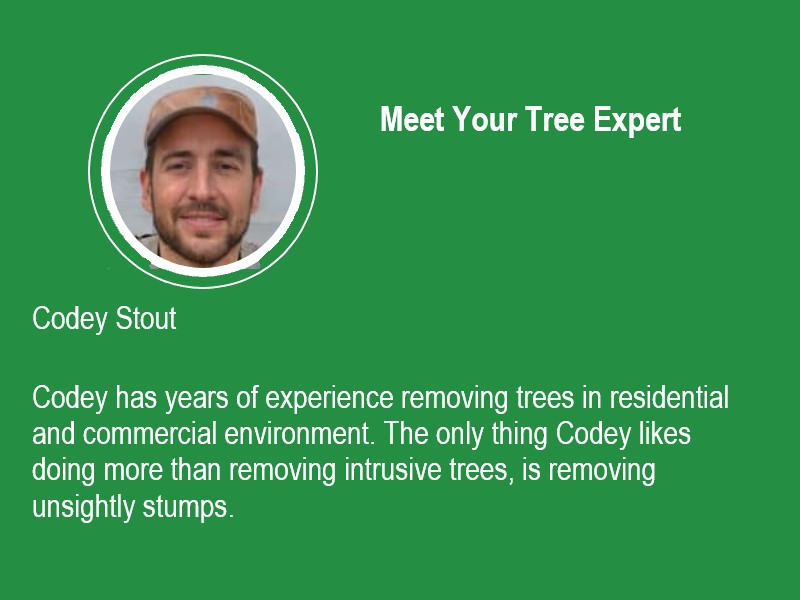
For tips on tree care or removal check out Tree treage.
Wishing everyone safe and happy holidays!
Disclaimer: We at Prepare for Change (PFC) bring you information that is not offered by the mainstream news, and therefore may seem controversial. The opinions, views, statements, and/or information we present are not necessarily promoted, endorsed, espoused, or agreed to by Prepare for Change, its leadership Council, members, those who work with PFC, or those who read its content. However, they are hopefully provocative. Please use discernment! Use logical thinking, your own intuition and your own connection with Source, Spirit and Natural Laws to help you determine what is true and what is not. By sharing information and seeding dialogue, it is our goal to raise consciousness and awareness of higher truths to free us from enslavement of the matrix in this material realm.
 EN
EN FR
FR

